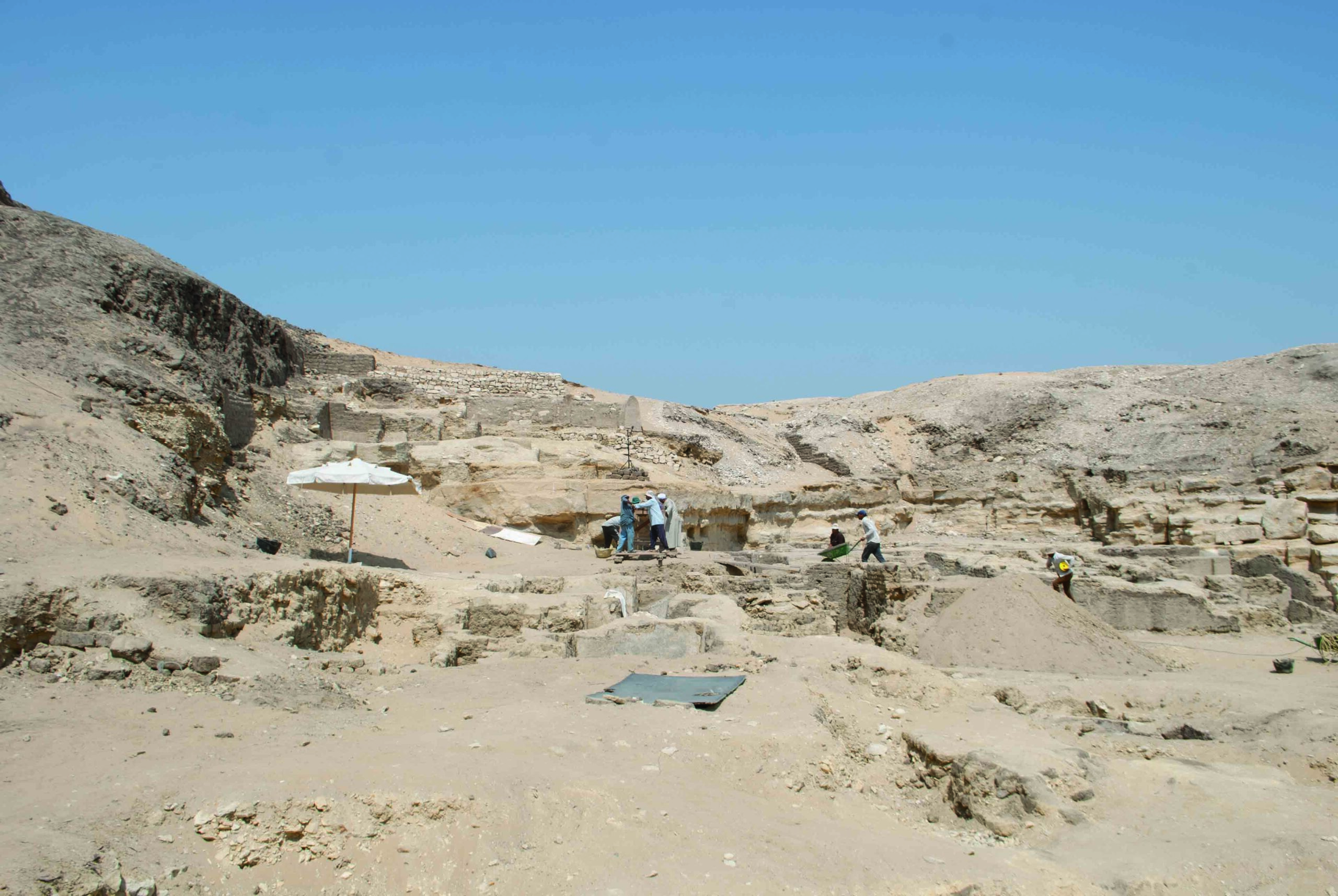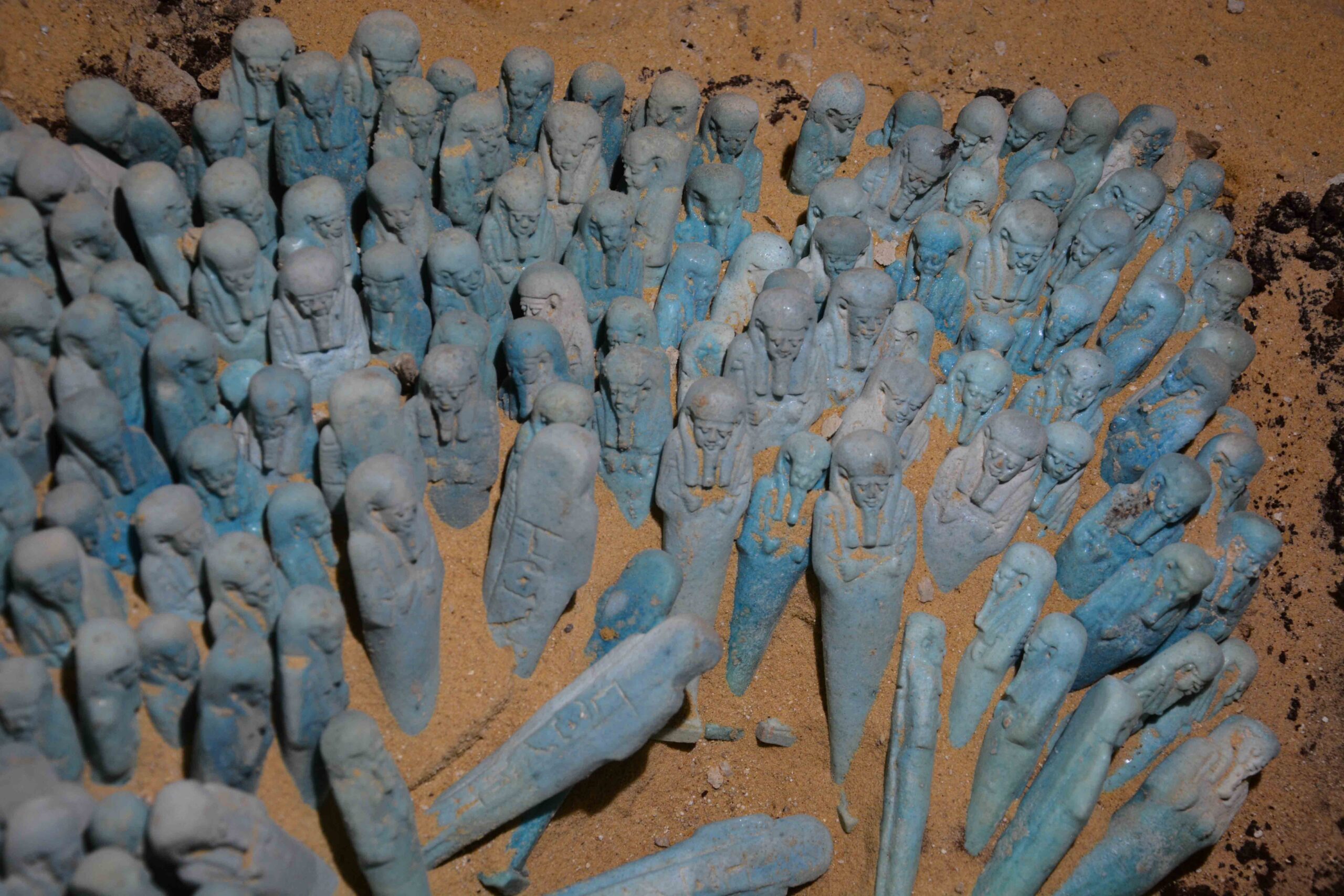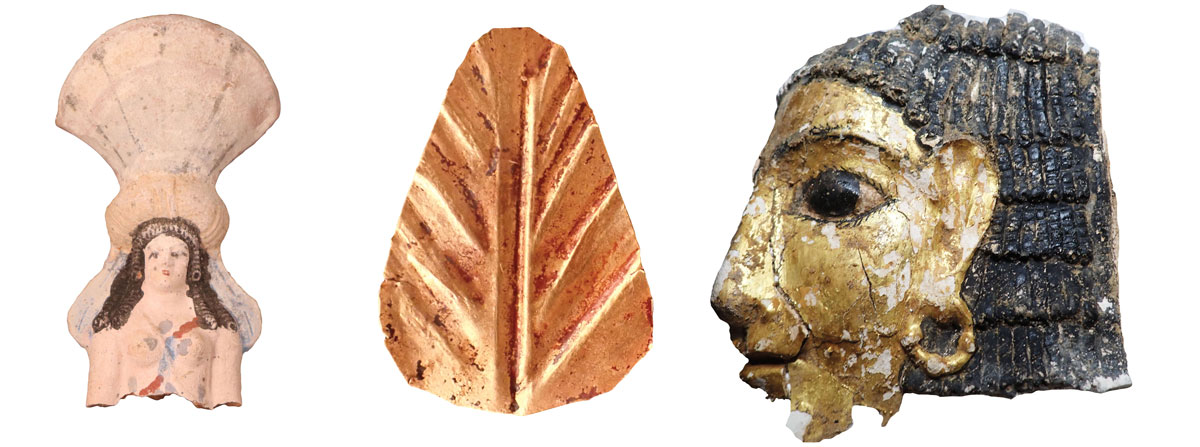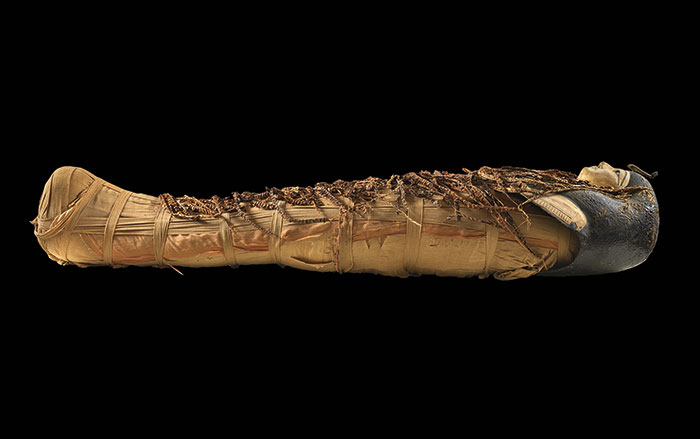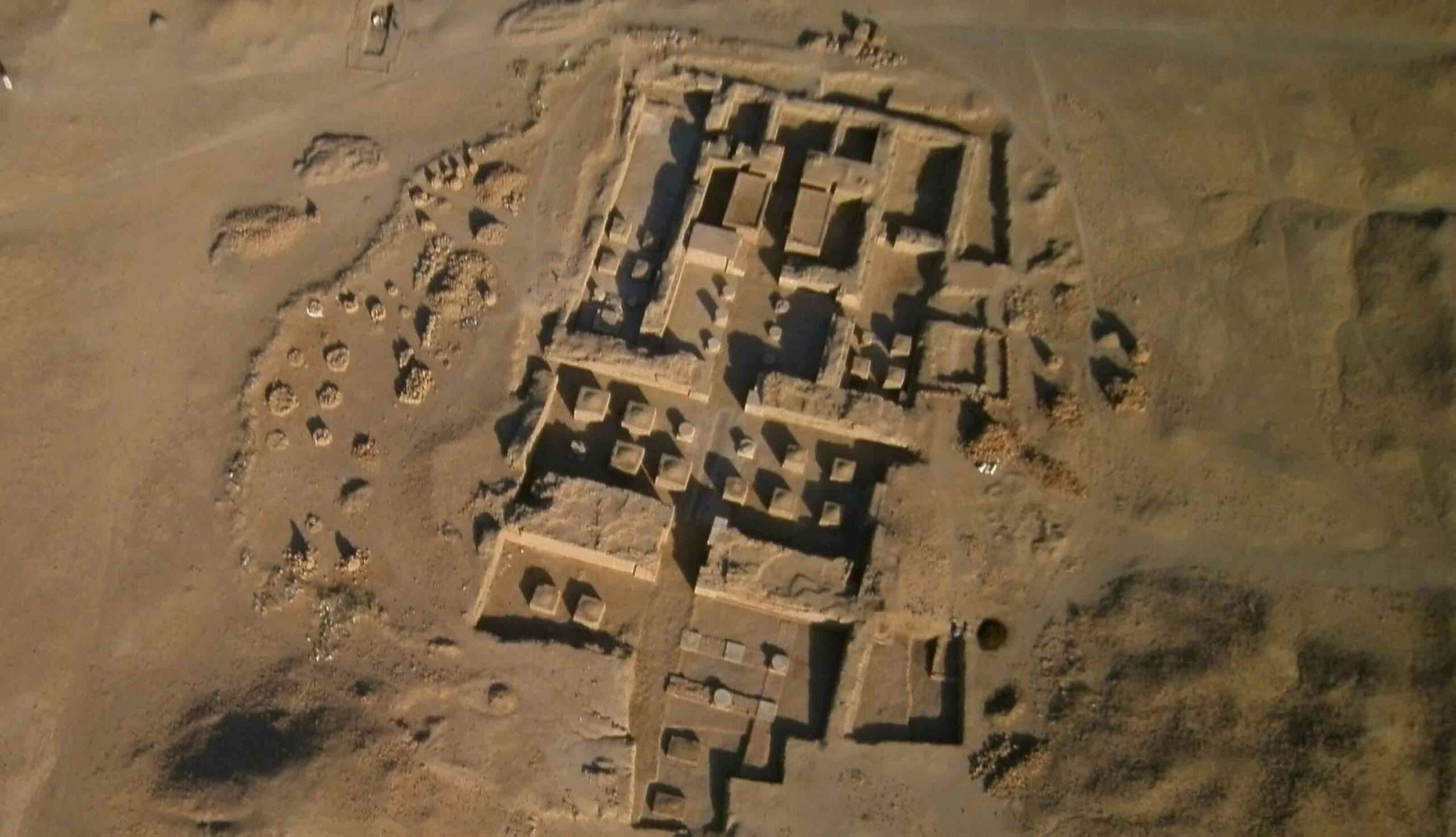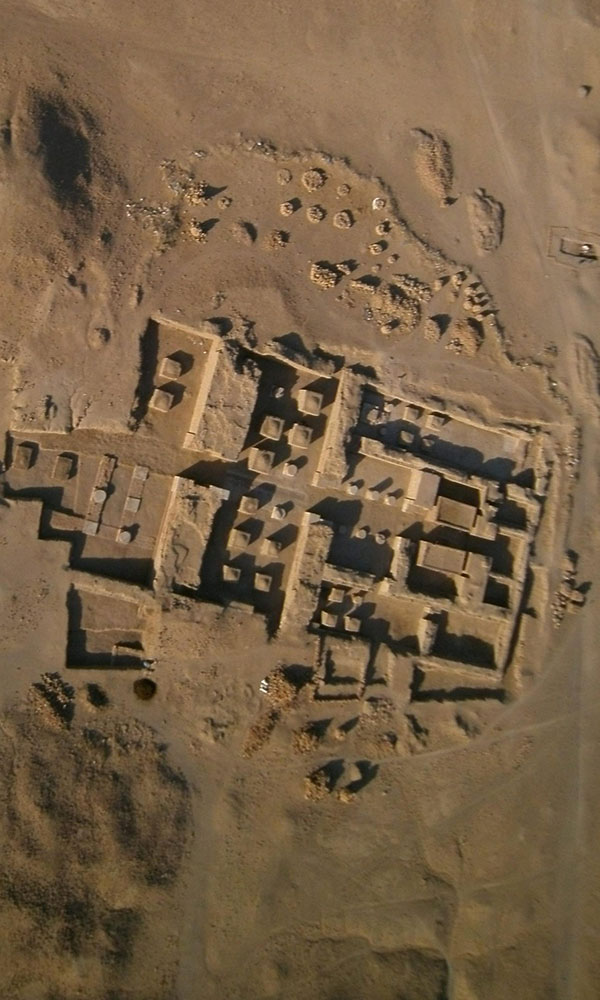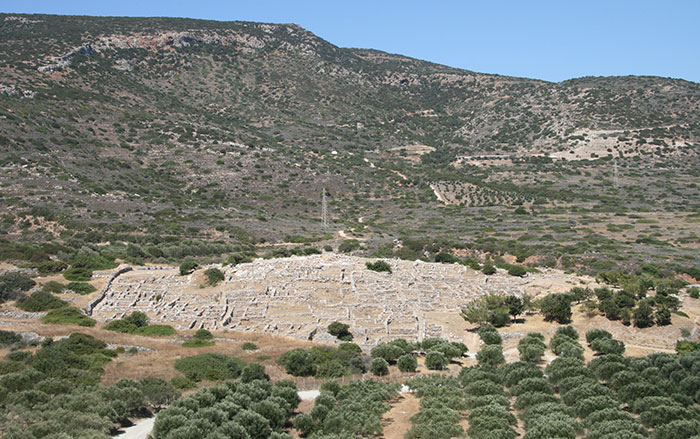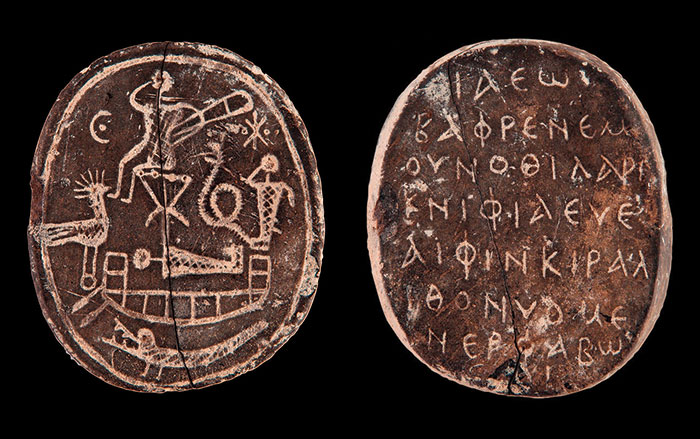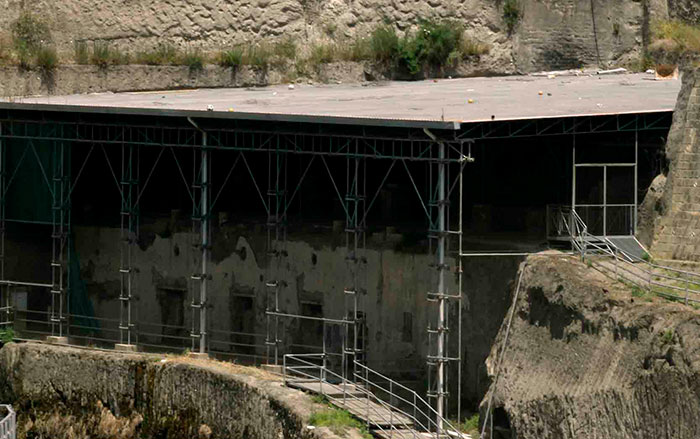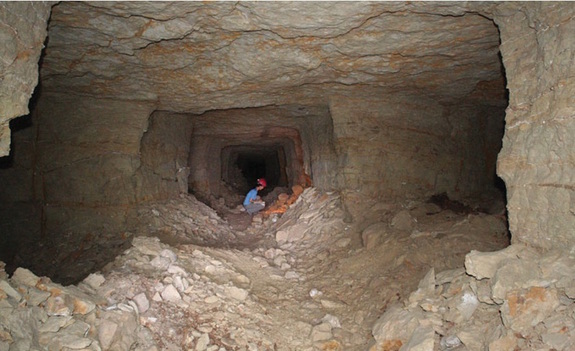
SAQQARA, EGYPT—Researchers led by Paul Nicholson of Cardiff University conducted a new survey of the dog catacomb near the temple of Anubis, the jackal-headed god of death, at Saqqara. The catacomb is thought to have been dug in the fourth century B.C. “It’s a very long series of dark tunnels. There is no natural light once you’ve gone into the forepart of the catacomb, and beyond that everything has to be lit with flashlights. It’s really quite a spectacular thing,” Nicholson told Live Science. More than 90 percent of the millions of mummies in the catacomb were of dogs, as expected, but the team also found the mummies of jackals, foxes, falcons, cats, and mongoose. Many of the dogs were very young puppies that were likely bred for the cult and separated from their mothers shortly after birth. “It would have been a busy place. A permanent community of people living there supported by the animal cults,” Nicholson explained. To read more about animal mummies in ancient Egypt, go to "Messengers to the Gods."


